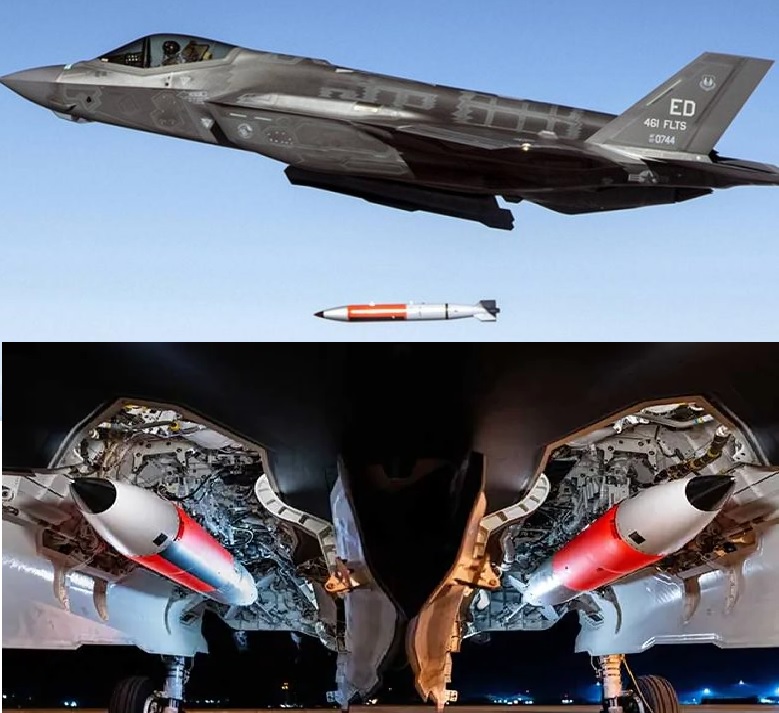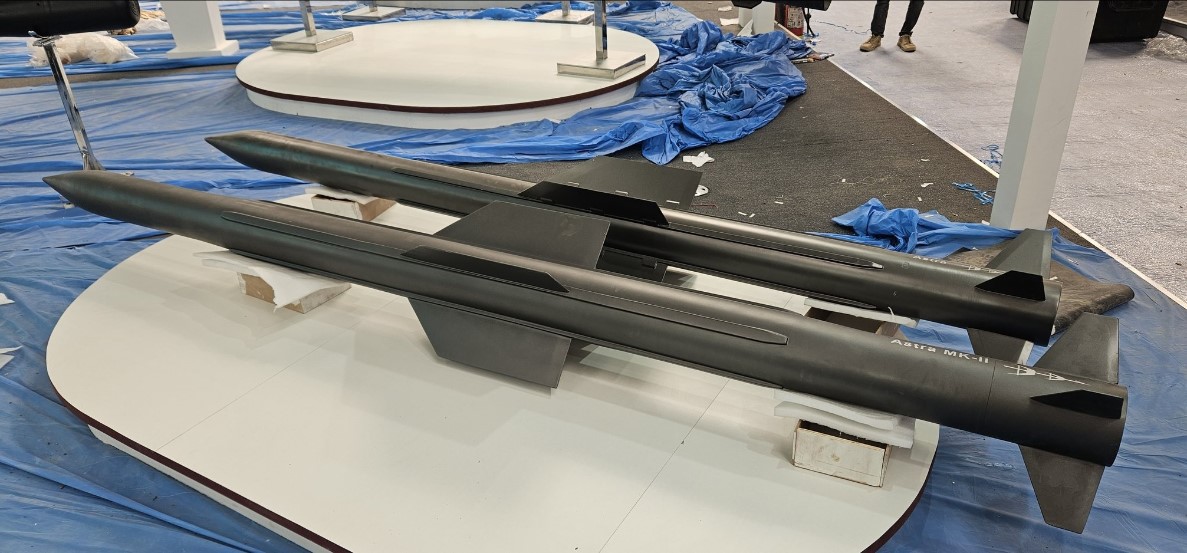Ukrainian MiG-29s Using JDAM-ER Glide Bombs Destroy Bridge Near Kamianske, Halting Russian Advance Toward Stepove

A Ukrainian Air Force MiG-29 has destroyed a critical Russian logistics crossing near Kamianske in occupied Zaporizhzhia, using two US-supplied GBU-62 guided bombs fitted with JDAM-ER kits, newly released footage from 16 November confirms. The strike, analysed by the Soniashnyk military blog run by Ukrainian Air Force personnel, demolished a key bridge pillar, severing what Ukrainian analysts say was the only high-quality asphalt road sustaining Russian forces in that part of the front.
The attack underscores how hybrid MiG-29/JDAM-ER loadouts are enabling Ukraine to systematically degrade Russian rear infrastructure from long standoff ranges without entering heavily defended airspace.
Precision Strike Footage Confirms Deepening Ukrainian Strategy
According to Soniashnyk, the targeted bridge near Kamianske had become a vital artery for Russian movements of ammunition, fuel, engineers and reinforcements. By collapsing the crossing, Ukraine forced Russian units to reroute supplies, complicating efforts to support offensives pushing near Stepove, Lobkove and the northern edge of the former Kakhovka reservoir.
The footage captured the GBU-62 guiding precisely into the bridge pier — a strike Ukrainian analysts describe as part of a broader campaign to destroy fixed infrastructure and stretch Russian logistics across the south. The ability to hit deep targets with metre-level accuracy highlights a new phase in Ukrainian airpower built around blending Soviet-era fighters with Western precision munitions.
MiG-29: From Soviet Dogfighter to Hybrid Precision Platform
Originally designed in the 1970s to counter Western fighters such as the F-16 and F/A-18, the MiG-29 was never intended for precision strike missions. But Ukraine’s wartime modifications have transformed the Cold War–era jet into a versatile multirole platform.
Since 2022, Ukrainian engineers have progressively adapted the Fulcrum to carry Western weapons, including the AGM-88 HARM. For JDAM-ER integration, technicians designed a custom pylon with an extended nose housing a GPS antenna and interface electronics. This system compensates for the lack of a NATO-standard data bus, enabling the aircraft to communicate precise coordinates to the weapon at release.
What began as an experimental adaptation has now become routine: MiG-29s armed with AGM-88, GBU-62 JDAM-ER and other Western systems are regularly seen operating over Zaporizhzhia and even in cross-border missions into Russia’s Kursk region.
GBU-62 JDAM-ER: A Cost-Efficient Long-Range Glide Weapon
The GBU-62 is a 500-lb class guided bomb built around the JDAM-ER kit, which pairs a GPS/INS guidance tail section with a folding wing kit that extends range to 70–80 km when dropped from altitude.
This allows a MiG-29 to strike bridges, depots and command nodes deep in Russian-held territory without flying into dense air-defence networks.
JDAM kits, introduced by the United States, were created to convert unguided bombs into precision weapons. The ER wing kit — developed by Boeing and Australia — triples range at a relatively low cost. Australia later transferred its surplus stocks to Ukraine, complementing US deliveries.
For Ukraine, JDAM-ER offers significant advantages: a full bomb typically costs only tens of thousands of dollars, far cheaper than cruise missiles like Tomahawk, which exceed US$1 million.
Operational Impact: Russian Forces Forced to Reroute
The destroyed bridge near Kamianske supported Russian forces advancing toward Stepove, Lobkove, and the former Kakhovka reservoir. With this crossing eliminated, Russian units are now forced to divert resupply along inferior dirt or gravel roads, sharply increasing travel times for fuel and ammunition. The loss has also compelled Russian troops to deploy additional engineers, bridging units and enhanced air-defence coverage along hastily selected alternatives.
These substitute routes are often more exposed and unpredictable, making them easier for Ukrainian reconnaissance to monitor and target. Ukrainian officers say these pressures combine to create cumulative strain on Russian logistics, slowing operational tempo and complicating Moscow’s ability to sustain offensive momentum across the Zaporizhzhia front.
Russia’s Own Glide-Bomb Effort and the Contrast With Ukraine
Russia continues to employ its UMPK glide-bomb kits — low-cost attachments that convert FAB-series bombs into guided glide weapons launched from Su-34s and other aircraft. While Russian UMPKs are cheaper and produced in large numbers, they are typically used for wide-area destruction: urban districts, frontline trenches and fortified positions.
Ukraine’s JDAM-ER stock, by contrast, is used sparingly and deliberately against high-value infrastructure, where a single hit can have outsize strategic impact. The Zaporizhzhia bridge collapse vividly illustrates how such precision strikes can disrupt entire supply corridors.
A Signal of a Larger Transformation
The Zaporizhzhia strike marks a deeper evolution in Ukraine’s wartime aviation. Soviet-era fighters are now consistently carrying Western precision munitions, granting Kyiv capabilities once thought impossible for legacy airframes. This has expanded Ukraine’s long-range standoff strike reach across multiple sectors and enabled hybrid loadouts capable of hitting strategic targets with high precision.
The result is a form of cost-efficient precision warfare that allows Ukraine to stretch limited resources while delivering significant disruption to Russian logistics and command networks. With a sustained supply of JDAM-ER kits, Ukrainian crews continue to refine tactics and increase operational tempo.
As more kits arrive, hybrid MiG-29/JDAM-ER strikes will likely intensify, hitting bridges, depots and infrastructure across occupied regions — and increasingly, inside Russia itself.
A New Era of Airpower Adaptation
By collapsing the Kamianske bridge, the Ukrainian MiG-29 armed with GBU-62 JDAM-ER glide bombs has demonstrated how effectively legacy aircraft can be adapted for modern precision warfare. Beyond the tactical victory, the strike signals a broader shift: Ukraine is transforming its Cold War fleet into a precision strike force capable of shaping battlefield outcomes far behind the front line.
As these hybrid capabilities expand, Russian commanders must factor in the constant risk of long-range precision attacks on every major crossing, depot and logistics hub within dozens of kilometres of the frontline — a reality that will increasingly influence the strategic balance in the south.
✍️ This article is written by the team of The Defense News.






